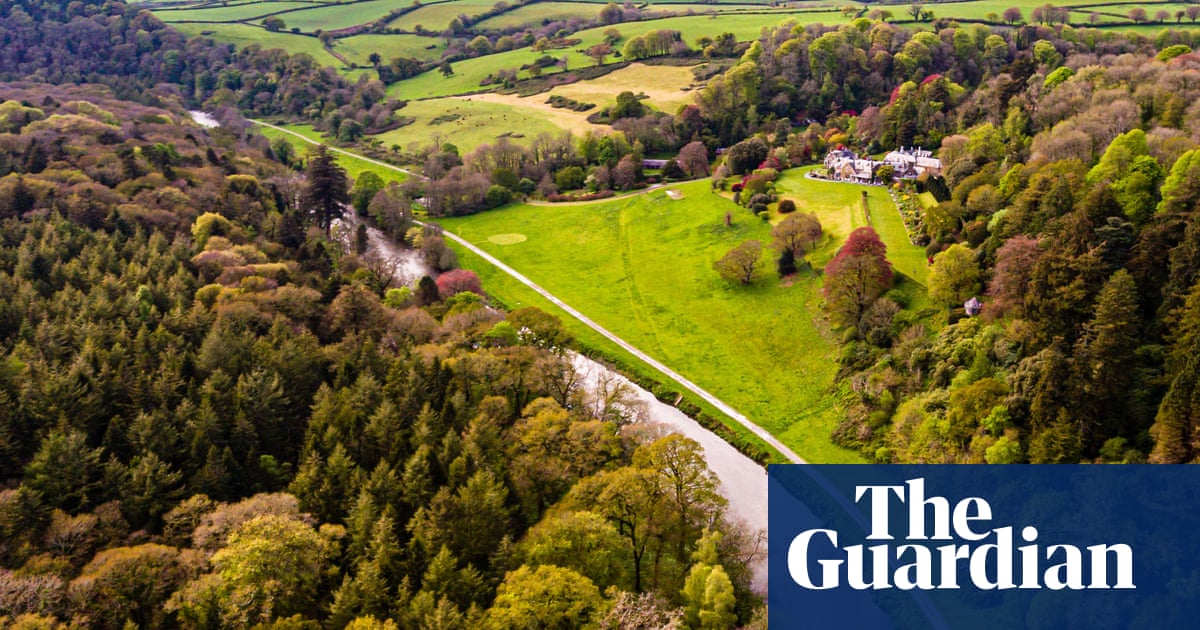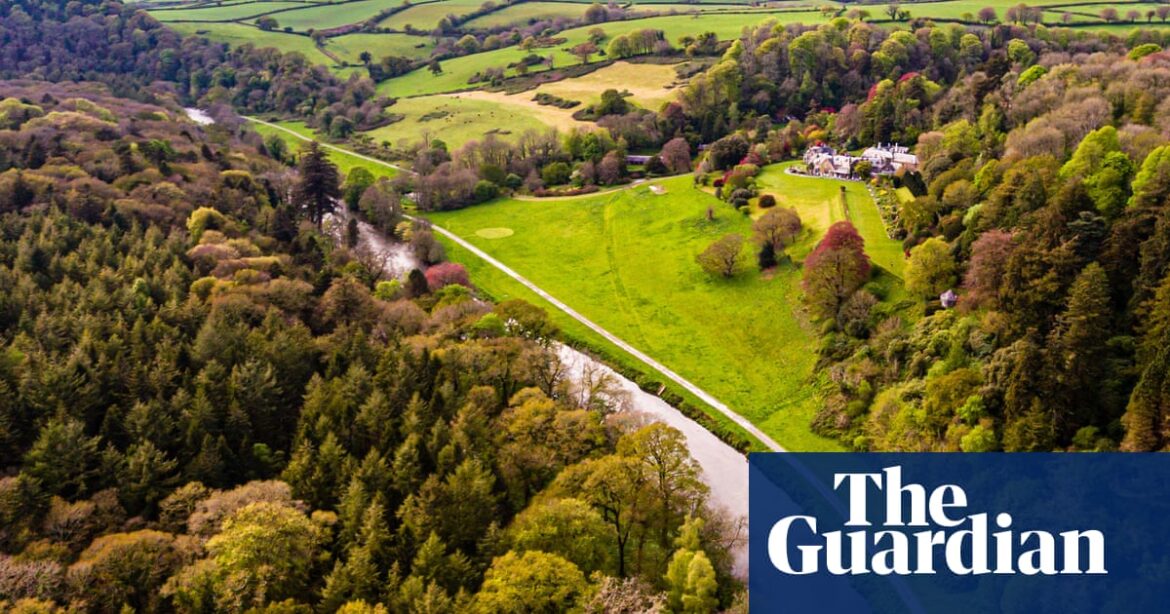
Proposed cuts to England’s most beautiful landscapes pose an “existential threat”, the managers of the National Landscapes Association have warned.
These 46 regions, including the Chilterns, the Cotswolds, the Wye Valley and the north Pennines, used to be known as areas of outstanding natural beauty but were renamed this year as “national landscapes”. They cover 15% of England, including 20% of the coastline.
However, those who run the parks have said the environment secretary, Steve Reed, has given no assurances about the budget for the national landscapes. The day-to-day spending budget of the Department for Environment, Food and Rural Affairs (Defra) will be cut by 2% in the financial year 2025-26. It is understood this will be spread across departments, and the national landscapes teams have been told to expect a 12% cut.
Sarah Gibson, the manager of the Tamar Valley national landscape, said: “We are being told we have to prepare for budget cuts. Funding for national landscapes is woefully inadequate. We are under significant pressure from degrading nature, development and decreasing funding. But we are charged with providing nature recovery.”
She said in an impossible situation, the valley was facing a 20% reduction in core services as a result of proposed budget cuts.
This month, the national park chiefs warned that their areas were at risk of becoming “paper parks” with no visitor centres or rangers, as Defra considered cutting budgets to unsustainable levels.
National landscapes are even more at risk than national parks as they cover almost double the area and experience significantly higher levels of pressure from farming and development.
The value of the landscape is equal in law and yet they receive 16% of the core funding of national parks and have experienced financial cuts of more than 40% since 2010.
Gibson said: “It’s not enough to accept these places can just carry on unprotected. It’s really important to the communities that we look after these places. At the Tamar Valley we have 17 special species that we are safeguarding and doing more work to protect like the greater horseshoe bat, salmon, dormouse, marsh fritillary butterfly.”
John Watkins, the chief executive of the National Landscapes Association, said: “Government has high expectations of National Landscapes as the backbone of nature recovery to meet its international commitments and legal targets. But the situation has never been more dire.”
The fragile ecosystems in these areas include degraded peatland, eroding coastlines and ancient woodlands, all of which require management and restoration as well as protection from overgrazing and development.
after newsletter promotion
National landscapes are at “crisis point”, Watkins said, adding further cuts will mean reductions to core teams so there will not be sufficient staff to apply for external funding and nature restoration efforts will grind to a halt. Many landscapes’ teams are in single figures, meaning cuts of this scale are existential.
Watkins said: “Twenty-five years ago, the New Labour government was advised by the Countryside Commission to increase funding for national landscapes to £19m [£35m in today’s money], but they didn’t heed that advice. Twenty-five years later, we are in the same situation with a new Labour government, but with the threat of further cuts in the face of a nature and climate crisis. We are calling on the government to truly invest in nature.”
The national landscapes managers are asking for a recommitment to current funding of £35m a year for national landscapes partnerships. This includes funding for a scheme called farming in protected landscapes, which is under threat and crucial to these areas that are often overgrazed.
This scheme offers help to farmers to transition to more nature-friendly ways of farming. They are also asking for additional investment of £11m a year to rebuild national landscapes’ capacity and position the association to help deliver the legally binding environment act targets that require the government to halt the decline of nature by 2030.
A Defra spokesperson said: “Our national landscapes, alongside national parks, play an important role and we will empower these special places to become greener, wilder and more accessible. We are currently considering the best approach and will work closely with the National Landscapes Association on this.”
Source: theguardian.com



